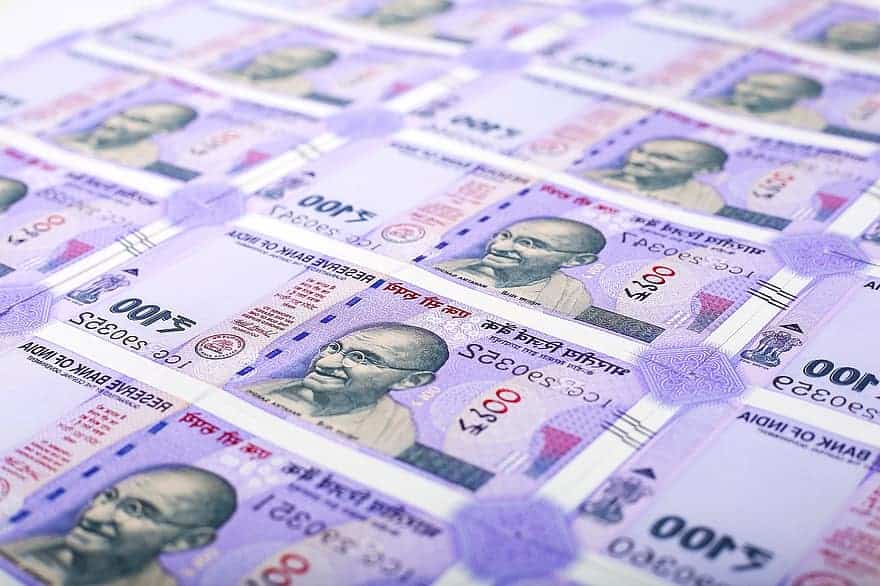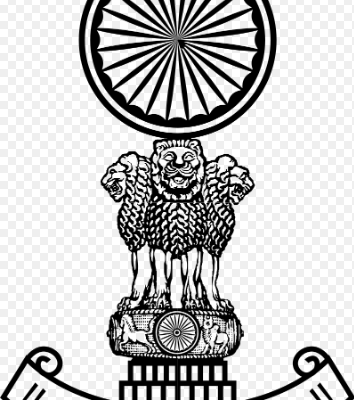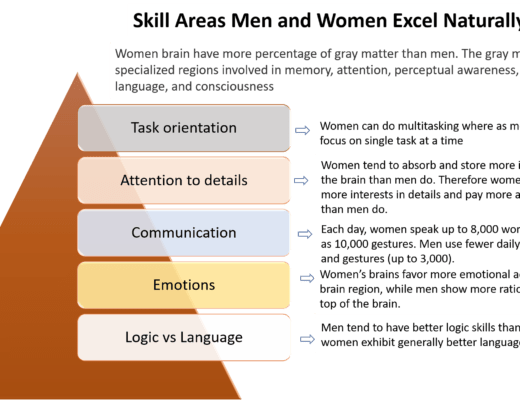Even as there is so much talk about the Centre’s inability to pay GST dues to the states and the states suffering due to the foregoing of their revenue generation ability, it is a sobering realization that barely fingerful of states were self-sufficient in terms of revenue generation at the time Goods and Services Tax (GST) rolled out across India. Several states that gained thanks to the GST are yet to address the issue of fiscal mismanagement, and continue to borrow for expenditures that they cannot afford.
Yawning Deficits, Off-Budget Borrowings
A Reserve Bank of India (RBI) analysis of state budgets between 2017-18 and 2019-20 showed marginal improvement by 2019-20 in the cumulative state revenue surpluses. What these numbers do not reveal however is the continued profligacy by large states, some of whom are very vocal about not receiving dues. An analysis of these states’ cumulative revenue deficits averaged ₹99,879 crore for the mentioned years. In contrast, ₹1,65,302 crore was released by the Centre as Goods and Services Tax (GST) compensation to states/Union Territories for the financial year 2019-20.
Table 1: Revenue Deficits of Select States
| State | Revenue Deficit (₹crore) 2017-18 | Revenue Deficit (₹crore) 2018-19 | Revenue Deficit (₹crore) 2019-20 (Budgetary Estimates) |
| Andhra Pradesh | 16,151.7 | 11,654.9 | 1,778.5 |
| Haryana | 10,562.5 | 8,506.7 | 12,022.5 |
| Kerala | 16,928.2 | 2,218.8 | 2,342.1 |
| Punjab | 9,455.3 | 13,027.0 | 8,770.3 |
| Rajasthan | 18,534.3 | 14,960.0 | 19,784.4 |
| Tamil Nadu | 21,593.9 | 11,919.1 | 11,687.3 |
| Tripura | 289.3 | 24,824.9 | 27,015.0 |
| Uttarakhand | 1,978.1 | 19,319.0 | 14,314.8 |
| TOTAL | 95,493.3 | 1,06,430.4 | 97,714.9 |
Source: Reserve Bank of India
One could argue that states with significant industry bases have suffered due to the GST transition. However, the argument is a fig-leaf to the lack of interest states have demonstrated over the years in sticking to Fiscal Responsibility and Budgetary Management (FRBM) principles. One important issue that states are loathe to address is off-budget borrowings.The RBI has been very categorical in pointing out how exactly state governments provide off-budget support to State Public Sector Enterprises (SPSEs) through guarantees on their borrowings from financial institutions. In the absence of weak cost recovery mechanisms these debts essentially serve as a source of fiscal risk, given how they impact states’ debt position. To that end, the RBI has noted that fiscally-stressed state governments may not have enough fiscal space to bear the additional financial burden of invoked guarantees, something felt acutely during the current COVID crisis.
State Power Distrivution Woes, A Reflection of Fiscal Mismanagement
One glaring example of the same can be seen in the continuing high losses in power distribution. This is a question the states simply brush under the carpet. Under the UDAY scheme, signatory states are meant to absorb the debt of loss making DISCOMs into their own budgetary accounts. A DISCOM performance analysis for these states based on Power Finance Corporation (PFC) reports showed losses growing more than two and a half times, from ₹7,720 crore in 2017-18 to ₹20,427 crore in 2018-19 despite the presence of the UDAY scheme. Also, AT&C losses continued to remain at an average of nearly 17%, a clear sign of theft being entertained. When compared to the revenue deficit of the states in question, DISCOM losses were about 19% of the present states’ deficit, a worrisome number as this too will eventually land on the state’s balance sheet.
The states have also shouldered the ₹90,000 crore relief package on offer for DISCOMs under the Aatma Nirbhar Bharat Abhiyan along with the conditional increment on borrowing. Clearly, a picture emerges of the lack of intent to address fiscal inefficiencies in this politically significant sector. One sees more of the same, evident in the at best modest achievements of earlier schemes on power sector reforms such as privatization of DISCOMs and reducing AT&C losses. Improvement in this sector is something that the RBI too has acknowledged in its assessment. The RBI has highlighted the scope for raising revenue through user charges on power being collected in the right manner, something that could help promote optimal usage and improve the quality of service; however, higher tariffs are a political problem that no one wishes upon themselves.
Table 2: Comparing Power Sector Losses to Revenue Deficits
| Factor/Year | 2017-18 | 2018-19 |
| Power sector losses (₹ crore) | 7720.0 | 20427.0 |
| Revenue deficit (₹ crore) | 95493.3 | 106430.4 |
| Share of power sector loss | 8% | 19% |
Source: Own analysis based on PFC and RBI data
The news on the Centre expressing its inability to pay GST dues to States has once again triggered talks of cooperative federalism and the need for the Centre to respect the rights of the states. However, one can also argue that there is an acute need for the states to address the elephant in the state, which is their fiscal profligacy. Cooperative federalism also implies that states engage in meaningful and responsible fiscal behavior and correct their course. While the ongoing COVID pandemic is a crisis, it also serves as an opportunity for the states to correct course and clean their act. Aatma Nirbhar Bharat cannot be a reality without Aatma Nirbhar states, and the sooner states realize and act on it, the better.










1 Comment
Dysfunctionality of Cyber-feminist Goals · advait.world
May 12, 2021 at 7:22 pm[…] […]